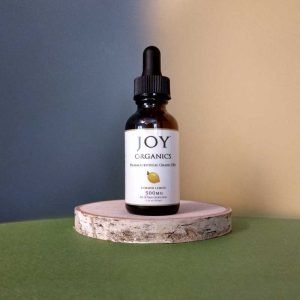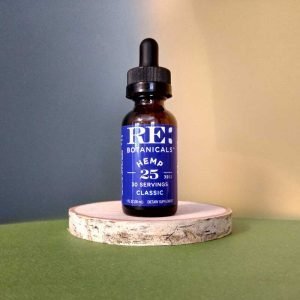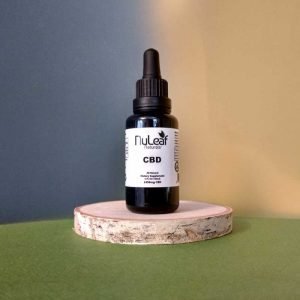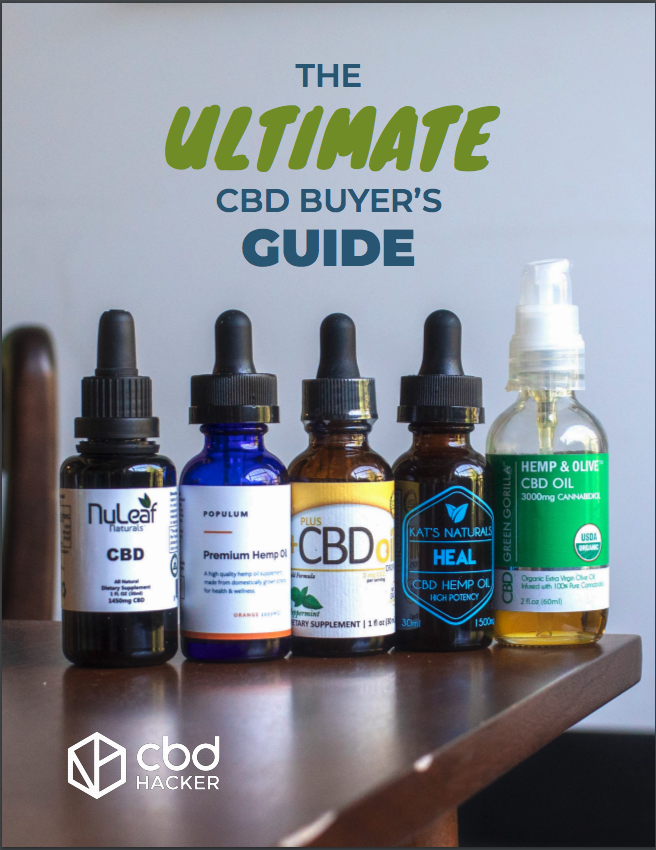As cannabidiol gains mainstream popularity for its potential health benefits, the CBD industry has spawned an ever-growing range of products. Consumers can choose from CBD oil tinctures, capsules, vape products, and even transdermal creams.
But with this explosion of new options, it’s sometimes difficult for consumers to understand what the terminology means. And with a lack of standardization in the industry, different CBD producers can be inconsistent in their product descriptions.
It can definitely be challenging for consumers to decode the lingo. That’s partly because the terms used to market CBD products have a tendency to wander from their dictionary definitions.
In this article, we’re taking a closer look at CBD tinctures. Read on to learn what exactly a tincture is, and how commercially available CBD tinctures depart from old-school DIY tinctures. And if you’re in the market to buy a CBD tincture, we’ll introduce you to some of our team’s recommended brands.
What is a tincture, anyway?
When the word tincture first appeared in the English language, it referred to a dye or coloring agent. But over time, it took on additional meanings.
Today, the dictionary definition of tincture might look like this one from Merriam-Webster:
And if you look at resources for contemporary herbal medicine, you’ll see tincture defined over and over again as plant matter extracted into alcohol.
But does it meet the definition if the producer uses a different extraction method? Opinions on this subject vary, but some herbalists say that solutions using vinegar or another solvent qualify as a tinctures, too.
DIY Cannabis Tinctures
Homemade cannabis concoctions evolved from the tinctures of folk medicine, and there are tons of recipes online for cannabis tinctures. These tend to hold true to their roots in traditional herbalism by using alcohol as a solvent.
These DIY extracts are commonly known as green dragon or gold dragon. The difference between the two? The green variety uses unheated plant material, while the gold variation involves heating, or decarboxylating, the cannabis for a more potent tincture.
To make both types of tinctures, the home herbalist would use high-proof alcohol like Everclear or 151-proof rum to separate cannabinoids and other plant materials from the plant. These botanical materials dissolve into into the alcohol, and the remaining plant parts are strained out.
Should You Make Your Own CBD Tincture?
There are plenty of benefits associated with using homemade cannabis tinctures. For one, they may be more cost effective than their commercial counterparts, especially if you live in a state that allows you to grow your own cannabis.
And while you might have to use some trial and error to determine the right dosage for your needs, you also will have complete control over the potency of your finished tincture.
You can also choose the strain that is most effective for you. While people often use high-THC strains to make these cannabis extracts, the method certainly works for high-CBD strains of cannabis as well.
Downsides to Doing it Yourself
But there are a few downsides to going the DIY route. One is that high-proof alcohol is extremely flammable, and requires careful handling and plenty of ventilation. Another is that if you heat your cannabis to decarboxylate it, you’re going to end up making your kitchen very…aromatic.
And finally, the strong alcohol used in homemade tinctures creates a powerful burning sensation. If you try to consume your tincture sublingually (or under the tongue — more on this later), this can be extremely uncomfortable.
That’s why many people choose to add honey to their tinctures, or skip the sublingual route altogether by adding their extracts to food or beverages.
Commercial CBD Tinctures
With the established definition of “tincture” being so specific about the role of alcohol in the finished product, you might expect commercial CBD tinctures to be similar to their homebrew counterparts.
But while many manufacturers do use ethanol (the type of alcohol that is safe for human consumption) to extract CBD from the cannabis plant, the resulting products marketed as “tinctures” typically don’t exhibit that strong alcohol burn associated with the green dragon method.
That’s because in commercial tinctures, manufacturers remove the ethanol solvent from the extract.
Ethanol Extraction Method
Companies that manufacture cannabis products have different processes, but a typical CBD tincture’s journey from plant to bottle might look something like this:
- Plant matter is combined with ethanol
- After extraction, the plant matter is removed
- Ethanol is removed from the resulting extract
- Optional additional processing, such as distillation
- The highly concentrated oily substance that is left behind is blended with a carrier
The removal of the ethanol means that commercial CBD tinctures tend not to burn when consumed. And that’s a good thing, since many consumers use them sublingually.
But why mix the CBD oil with a carrier? Well, blending the CBD extract with a carrier — like hemp seed oil, olive oil, MCT, or vegetable glycerin — allows the producer to offer different levels of potency for consumers.
Other Extraction Methods
And what about extraction methods that don’t involve ethanol? You might imagine that all CBD products with the word “tincture” on the label use ethanol extraction, but that’s simply not the case.
We noticed when gathering information for our ranking of the Best CBD Oil Drops that many products marketed as tinctures used CO2 extraction, not ethanol.
Generally speaking, when you see the word “tincture” in the name of a commercial CBD product, it just means that it’s a liquid that you can ingest orally or sublingually.
These tinctures are made to be palatable, with the ethanol or other solvents removed so that they can be used sublingually without causing unnecessary angst.
How to Use a CBD Tincture
Whether you’ve made your own tincture using a high-CBD, low-THC strain of cannabis, or bought a commercially produced CBD tincture, you have a few options.
You can try using the tincture sublingually. The reasoning behind this method is that the blood vessels under your tongue will rapidly disperse the CBD into your bloodstream.
Or you can try adding your CBD tincture to a beverage or food. This might result in the effects of the CBD being slower to reveal themselves, though. That’s because cannabinoids take more time to reach the bloodstream from the digestive system.
And if you want to make a DIY tincture for sublingual use, you could use heat to evaporate the ethanol, then blend it with the carrier of your choice. That will give you a final product that’s much more like a commercial CBD extract. (In fact, the CBD company Endoca created a detailed tutorial video on how to do just that!)
CBD Tincture Buying Guide
Ready to check out a few of our top choices for CBD tinctures? These selections are based on third-party potency analysis, hands-on testing, and in-depth company research.
To see more options and details about pricing and potency, take a look at our full ranking of the Best CBD Oil Drops.
CBD Hacker's Top CBD Tinctures
Joy Organics, CBD Oil Tincture
Joy Organics is making a big splash with their line of THC-free broad spectrum CBD oil products. We’re big fans of their “Summer Lemon” tincture’s fresh flavor. With a 30-day satisfaction guarantee and free shipping, this Colorado-based family business is a risk-free choice.
RE Botanicals, Hemp 25 Classic Tincture
RE Botanicals is one of the first CBD brands to qualify for organic certification from the USDA. And while you might expect an CBD company to be among the most expensive on the market, they actually beat many of their competitors on pricing. And you can save 10% on your first order with our code: cbdhacker
Bluebird Botanicals, Hemp Classic CBD Oil
With friendly, responsive customer service, excellent transparency, and consistently high quality products, Bluebird Botanicals is one of the most trusted brands in the CBD industry.











